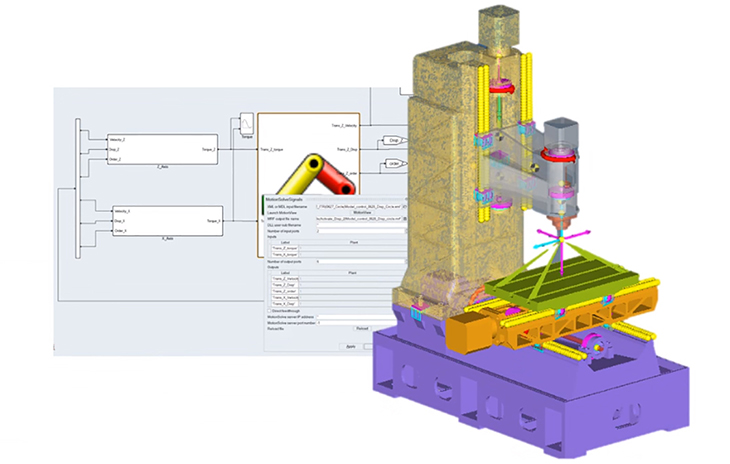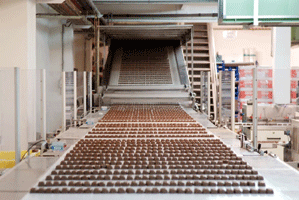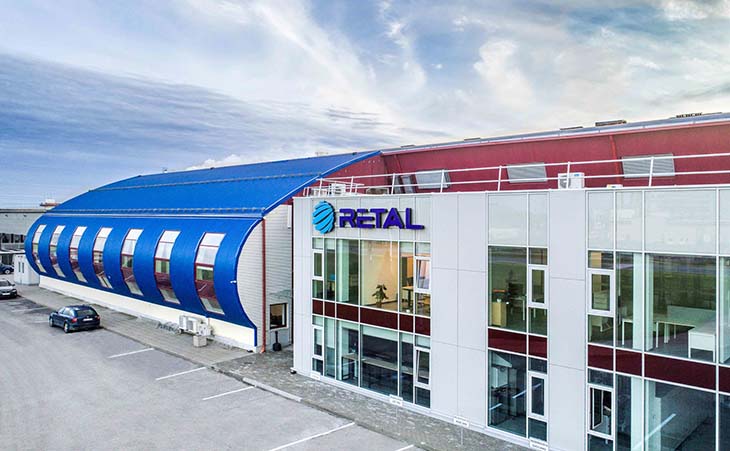Artificial intelligence has disrupted industries ranging from health care to agriculture. Not surprisingly, people are also interested in how AI in trucking could streamline routing, maintenance, personnel management and other areas. What progress has occurred so far, and what can you expect soon?
Solving Problems for the Short-Haul Industry
Many AI solutions come about after forward-thinking people identify targeted problems to solve. Such is the case with Iron Sheepdog, which seeks to build user-friendly tools for short-haul truckers. This industry primarily revolves around coordinating with brokers to outsource jobs.
Iron Sheepdog’s solution allows users to see real-time truck locations, confirm how long jobs take and calculate how much to pay, applying AI to optimize logistics. That is fitting since its platform already includes more than 4,000 short-haul trucking professionals. Growing that number as the company becomes more established opens opportunities to coordinate deliveries by hiring single drivers for multiple jobs in a relatively small area. Such strategies save time and could be more cost-effective.
Mike Van Sickel — Iron Sheepdog’s co-founder and CEO — explained how his brand chose to examine a problem from the bottom up rather than taking a top-down approach. That meant realizing there were software solutions for every part of the trucking sector, but those used to hire short-haul truckers were not ideal. Executives examined what existed and tried to improve it.
Additionally, user-friendliness was a significant factor in encouraging people to use the platform. The focus on simplicity has paid off. Although Iron Sheepdog is not the first to create short-haul trucking software, its growth has doubled every year since its inception.
Professionals will be much more likely to embrace AI in trucking if they can easily see how the products fit into their business models or address pain points. Iron Sheepdog’s case illustrates how to entice prospective users and keep them interested with excellent usability.
Managing Maintenance and Repairs
Staying on top of fleet maintenance and repairs is essential for staying profitable and productive. AI has pioneered breakthroughs that save time and money while reducing or eliminating breakdowns. Many tools have automatic scheduling capabilities that notify managers when to schedule service appointments and what to request. Then, there is no need to keep track of those specifics manually.
AI guidance prevents maintenance oversights that could lead to poor vehicle handling. For example, technicians must replace a truck’s leaf springs every 12,000 miles to prevent cracking that can make the vehicle sag and sway.
The technology also streamlines workflows. Doug Schrier is the vice president of growth and special projects at McLeod Software. He envisions how AI in trucking will transform the industry landscape soon and has already become a game-changing technology rather than only a nice-to-have one.
AI makes technicians’ lives easier, too. Voice-activated software could create work orders as a maintenance professional remains under a truck and utters a command. Alternatively, some AI solutions include sensors that show valuable statistics about a vehicle before it arrives for assessment. The information could indicate they should order spare parts or take other preliminary actions before completing in-person checks.
Promoting Safety With AI in Trucking
Artificial intelligence raises visibility and safety, giving managers better oversight of drivers and vehicles. The technology also increases the capabilities of products such as GPS and fleet trackers with driver behavior analytics tools. It is far better for managers to know about bad habits such as hard braking or speeding before they contribute to accidents than afterward.
Consider how an armored truck enterprise partnered with an AI fleet telematics provider. This agreement resulted in 3,000 vehicles getting AI-powered cameras that analyze 100% of drive time. Reviewing that content enables supervisors to reward safe driving while flagging potentially risky actions.
One recently introduced AI tool compiles various safety-related statistics to create driver scorecards. Supervisors can rely on them to identify and manage risks, particularly during individual coaching sessions. Moreover, this product goes beyond hazard detection, enabling users to prevent problems. Such insights and capabilities make accidents less likely and keep insurance costs down.
When fleets include dozens or hundreds of drivers and vehicles, managers cannot know about all potential safety risks. Fortunately, applying AI in trucking provides the increased visibility necessary to find the drivers who habitually operate their vehicles safely and those who may need increased training or other support.
An Exciting Future
These are some of the many areas of improvement spurred by AI in trucking, and industry professionals should expect further innovations. However, they should also match potential artificial intelligence applications to genuine needs. That approach avoids the possibility of adopting the technology for the sake of it rather than for specific purposes that will grow a trucking operation and help it succeed.
Talking to drivers about what artificial intelligence means for their roles is also valuable. Focusing on the advantages while being available to address fears or concerns is a practical way to support fleet employees while helping them feel excited about what is ahead.



























